I'm reading up on A Simple Radio Receiver. I have a question about this image:
The signal from the antenna (perhaps a few tens of microvolts, or hundreds for a nearby transmitting station) is introduced to the LC circuit either through a small capacitance, or, as in this case, by means of a second coil L2 wound on top of L1, with its other end connected to earth. This behaves like a transformer - currents flowing in L2 generate a changing magnetic flux which cuts L1 and induces an emf in it.
I don't understand why L2 is needed. It forms a transformer with L1, to "cut L1 and induce an EMF in it". What is meant by 'cutting' in this case? And, when they need EMF in L1, why not just connect it to the antenna input directly? Like this:
simulate this circuit – Schematic created using CircuitLab
Sorry for the ugly schematic, it would've be too large otherwise.
Anyway, why is a transformer needed in this crystal radio set? I actually built a crystal set without a transformer, with this circuit:
I also added a 100n capacitor parallel to the crystal earphone.
Why would or should I use a transformer instead of going into the LC circuit immediately?
